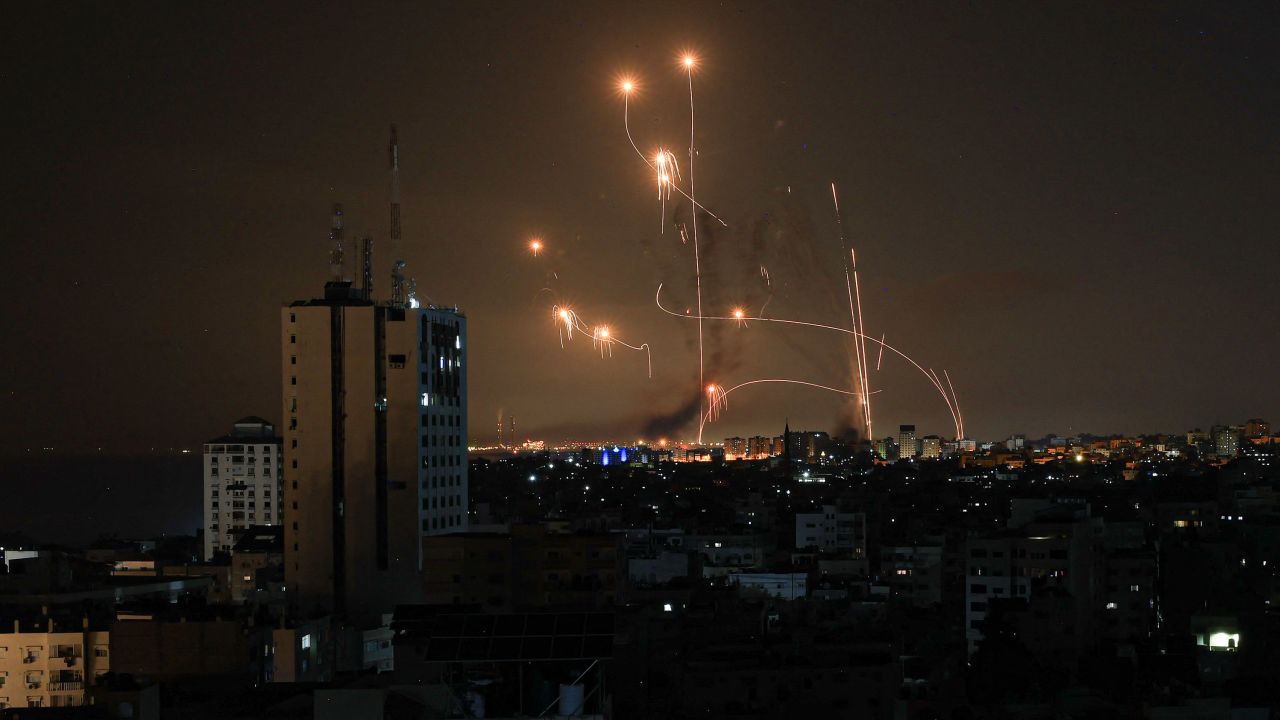As thousands of rockets have rained down on Israel, the country has been relying once again on the Iron Dome system to protect its citizens.
The missile defense system is one of the most important tools in Israel’s arsenal and has saved countless civilian lives over various conflicts in the last decade, analysts say. It is highly effective. The Israel Defense Forces said the system boasted a 95.6% success rate during a rocket salvo fired by Islamic Jihad in May.
Development on the Iron Dome first began in 2007. After tests in 2008 and 2009, the first Iron Dome batteries were deployed in 2011. The system has been upgraded several times since.
The Iron Dome is designed to shoot down incoming projectiles. It is equipped with a radar that detects rockets and then uses a command-and-control system that quickly calculates whether an incoming projectile poses a threat or is likely to hit an unpopulated area. If the rocket does pose a threat, the Iron Dome fires missiles from the ground to destroy in the air.
To those on the ground, a direct interception sounds like a loud bang and can sometimes be felt from the ground.
There are 10 Iron Dome batteries across Israel, each of which includes three to four launchers, according to Raytheon and the Center for Strategic and International Studies. The system is highly transportable and requires just a few hours to set up, and the missile interceptors themselves are highly maneuverable. They are 3 meters (almost 10 feet), long; have a diameter of about 6 inches (15 cm); and weigh 90 kilograms (198 pounds) at launch, the security analysis group IHS Jane’s said in 2012.
The warhead is believed to carry 11 kilograms of high explosives, IHS Jane’s said. Its range is from 4 km to 70 km (2.5 miles to 43 miles).
It is important to note that unlike the air defense systems designed to stop ballistic missiles, the Iron Dome targets unguided rockets that remain at low altitudes – the type often fired by militant groups in Gaza.
During times of war, the cost to operate Iron Dome can rise quickly. Each missile costs around $40,000, so intercepting thousands of incoming rockets adds up.
The US government has spent over $2.9 billion on the Iron Dome program, according to the Congressional Research Service. A US official told CNN that Israel will likely request additional interceptors in addition to other military assistance from Washington in the aftermath of Saturday’s attack.



